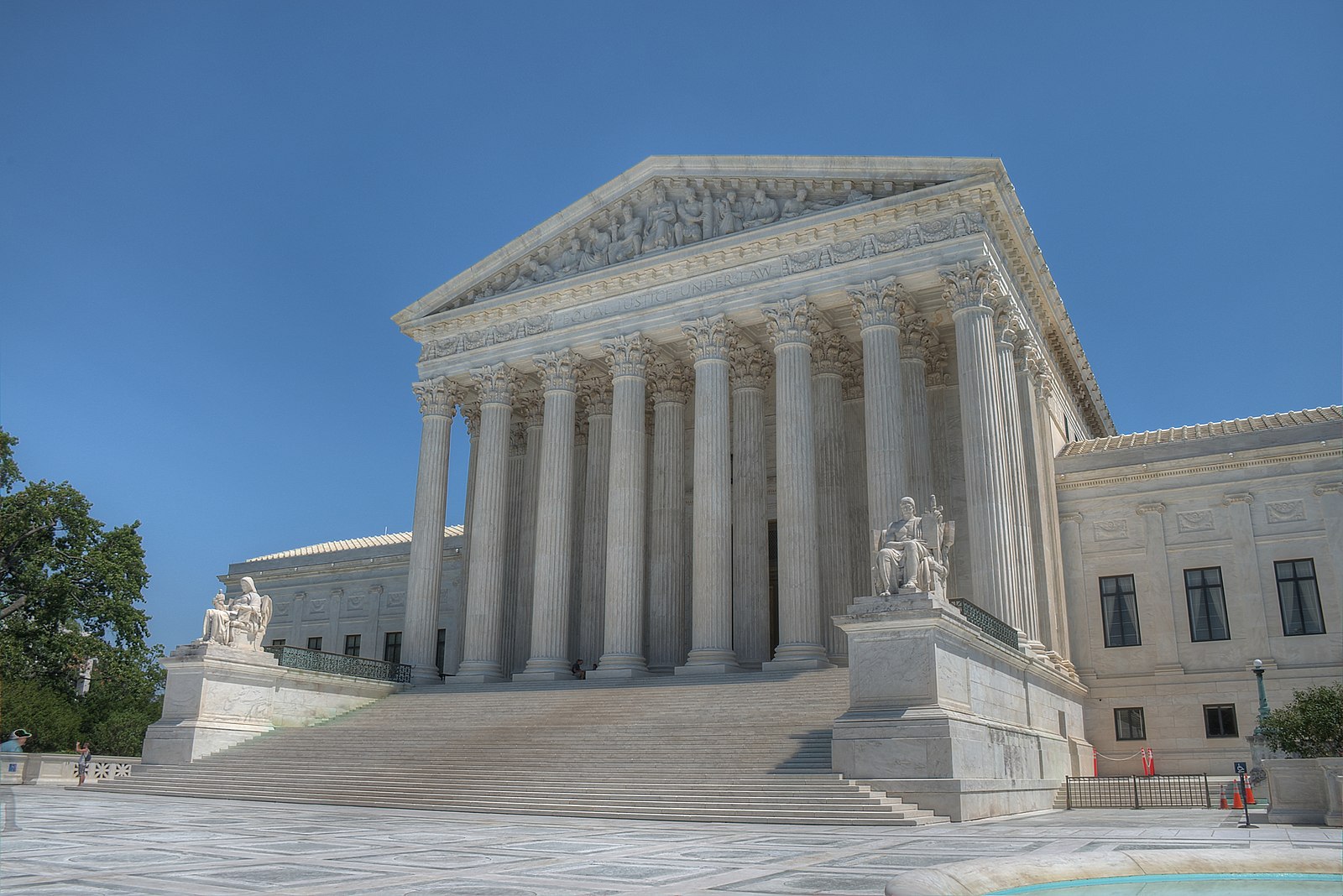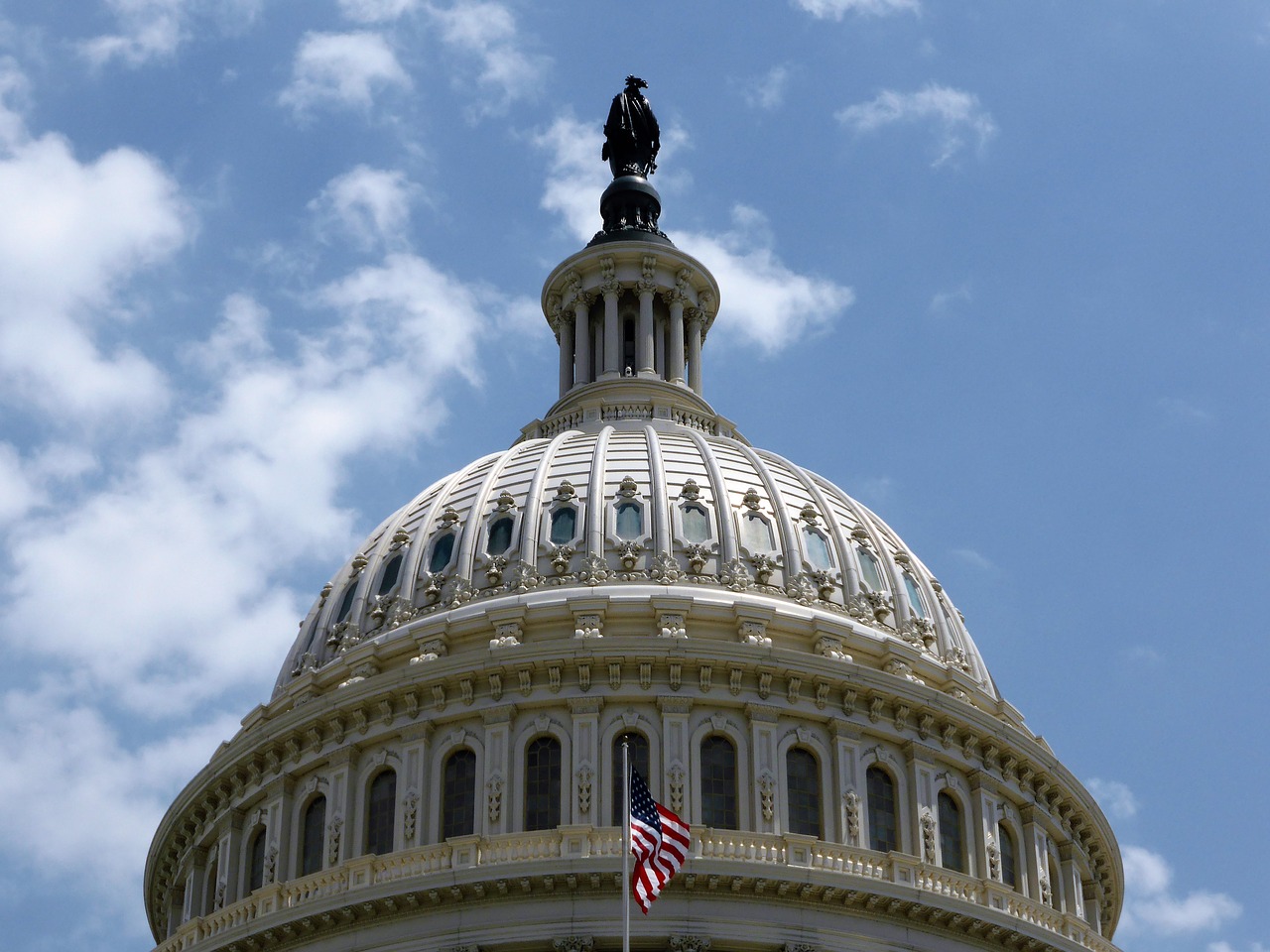Analysis: Sweden’s Far-Right Nationalists Gain Seats in National Elections
Sweden’s far-right nationalists recently gained seats during the September 9 national parliamentary elections.
The Sweden Democrats, a right-wing to far-right nationalist and populist party with Neo-Nazi roots, eurosceptic views, xenophobic attitudes, and fascist as well as white supremacist sympathies, will now become the Nordic country’s third largest party with more than 17% of the vote and 63 seats in the national parliament, compared to getting almost 13% of the popular vote and 49 seats in the national parliament recently as four years ago in 2014.
The center-left Social Democrats and their progressive coalition allies, the environmentalist Green Party and the left-wing to far-left Left Party, are neck and neck with the conservative Alliance political party with both getting 40% of the popular vote, therefore weakening the previous majority coalition and forcing negotiations to form a new government.
While the Sweden Democrats are not likely to form a government with mainstream conservative parties or become the next governing majority in Stockholm, the rise of eurosceptic, anti-immigrant, nationalist, populist, right-wing to far-right political parties continues to gradually rise throughout Europe in the wake of Brexit and the migrant crisis.
From the ultraconservative governing coalitions in Austria and Italy to Geert Wilders in the Netherlands and the Le Pens in France, the anti-establishment right will likely influence a more integrated Europe if economic and immigration issues are not properly addressed in Brussels and elsewhere throughout the continent in the Western World.




